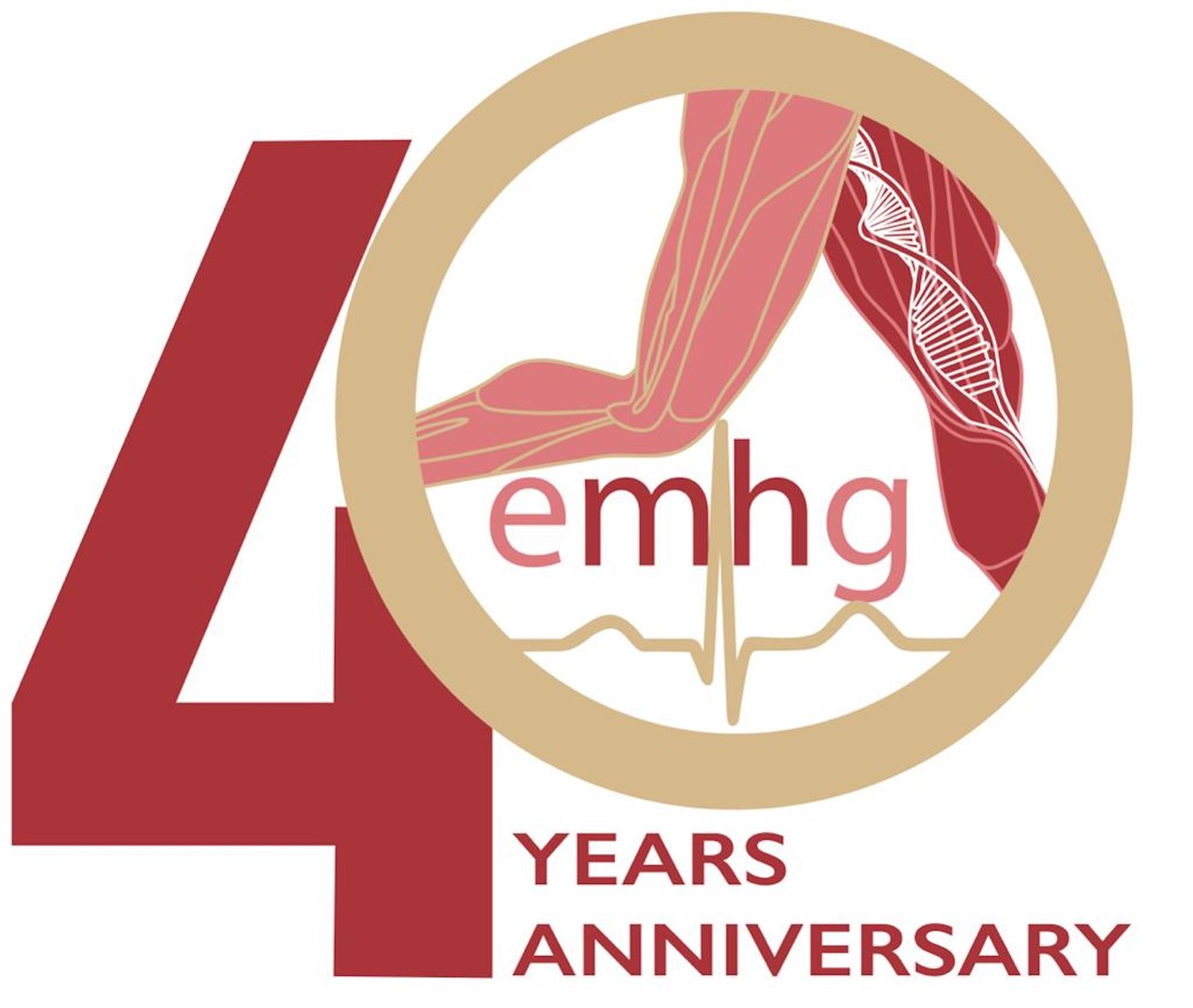Perioperative Management of MH Suspected or Susceptible Patients
/Anaesthetic management
Premedication
We suggest similar premedication for MH suspected or susceptible patients compared with patients with no disposition to develop MH.
(weak recommendation, level of evidence 2-)
Preoperative treatment with dantrolene is not recommended
(evidence level 2-).
Choice of anaesthetics
Only trigger free anaesthesia should be used in all MH suspected or susceptible patients.
(Strong recommendation, best practice statement)
Regional anaesthesia (e.g. neuraxial, peripheral nerve block or local anaesthesia) or trigger free general anaesthesia should be used avoiding all volatile anaesthetics and succinylcholine and after proper preparation of the anaesthetic machine (see here).
Intraoperative monitoring
We recommend standard anaesthesia monitoring in MH suspected or susceptible patients.
(weak recommendation, evidence level 2-).
This should include at least ECG, pulse oximetry, non-invasive blood pressure and body temperature measurements. The use of further or extended monitoring depends on type of anaesthesia (waveform capnography, end-tidal CO2 and O2 in general anaesthesia) and/or comorbidity.
Postoperative care
We suggest MH suspected or susceptible patients receive standard care in the recovery room (PACU) after anaesthesia.
(weak recommendation, evidence level 4).
There is no evidence to support elective ICU management of MH susceptible patients after uneventful trigger free anaesthesia. Factors other than MH susceptibility (e.g. blood pressure, heart rate, pain, nausea, vomiting) will determine the length of stay in the recovery room.
Outpatient surgery
MH susceptible patients may be anaesthetized in outpatient settings avoiding all volatile anaesthetics and succinylcholine, following national guidelines for ambulant general anaesthesia.
(weak recommendation, level of evidence 4)
Laboratory blood samples
There is no need for any specific pre- or postoperative blood samples in MH susceptible patients.
(weak recommendation, evidence level 4)
References
- Aldecoa C, Bettelli G, Bilotta F et al. European Society of Anaesthesiology evidence-based and consensus-based guideline on postoperative delirium. Eur J Anaesthesiol 2017; 34:192-214.
- Bilmen JG, Gillies RL. Clarifying the role of activated charcoal filters in preparing an anaesthetic workstation for malignant hyperthermia–susceptible patients. Anaesth Intensive Care 2014; 42:51-58.
- Birgenheier N, Stoker R, Westonskow D, Orr J. Activated charcoal effectively removes inhaled anesthetics from modern anesthesia machines. Anesth Analg 2011; 112:1363-1370.
- Cottron N, Larcher C, Sommet A, Fesseau R, Alacoque X, Minville V, Fourcade O, Kern D. The sevoflurane washout profile of seven recent anesthesia workstations for malignant hyperthermia-susceptible adults and infants: a bench test study. Anesth Analg 2014; 119:67–75.
- Hackl W, Mauritz W, Winkler M, Sporn P, Steinbereithner K. Anaesthesia in malignant hyperthermia-susceptible patients without dantrolene prophylaxis: a report of 30 cases. Acta Anaesthesiol Scand 1990; 34:534-537.
- Hopkins PM. Malignant hyperthermia: pharmacology of triggering. Br J Anaesth. 2011; 107:48-56.
- Kim TW, Nemergut ME. Preparation of modern anaesthesia workstations for malignant hyperthermia-susceptible patients: a review of past and present practice. Anesthesiology. 2011; 114:205-212.
- Larach MG, Brandom BW, Allen GC, Gronert GA, Lehman EB. Malignant hyperthermia deaths related to inadequate temperature monitoring, 2007-2012: a report from the North American malignant hyperthermia registry of the Malignant Hyperthermia Association of the United States. Anesth Analg 2014; 119:1359-1366.
- Sabouri AS, Lerman J, Heard C. Effects of fresh gas flow, tidal volume, and charcoal filters on the washout of sevoflurane from the Datex Ohmeda (GE) Aisys, Aestiva/5, and Excel 210 SE anesthesia workstations. Can J Anaesth. 2014; 61:935-942.

